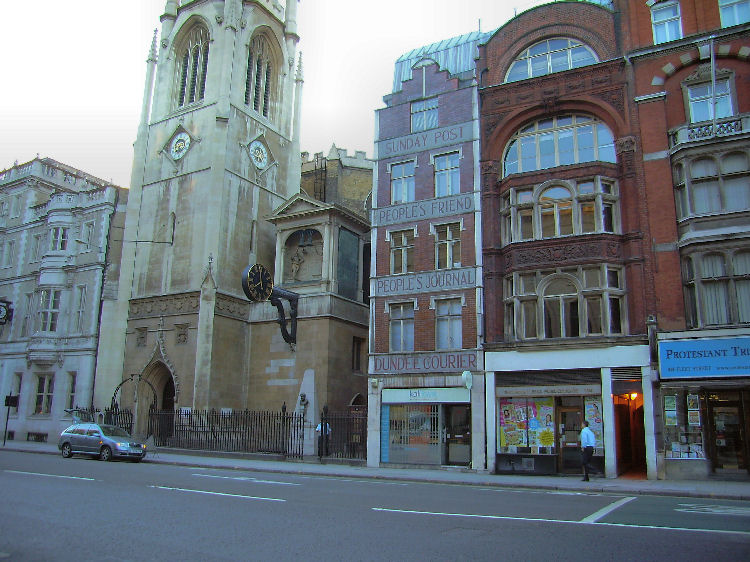Do
you think you could easily make a foreign country your home? The
meaning of home differs for everyone. Some people have lived in one
place their whole lives, while others have had many homes. Home
depends largely on your point of view. If you are willing to work on
it, anywhere can be home.
In
Michael Tucker's book, Living
in a Foreign Language: A Memoir of Food, Wine, and Love in Italy,
we learn about the authors own exploits in moving to Italy. His wife
has one view of home while he holds another. This is but one way in
which the book addresses the feeling of home. His wife, Jill, is
against his idea of buying a house in Italy because she has raised a
family in their house. To her, home is a permanent thing, while
Tucker sees it more as a base of operations. To him, it changes along
with where he needs to be. They both end up coming to an agreement on
a house in Italy when they fall in love with a particular one that
they more or less luckily stumble upon.
After
buying the house, they end up renovating it. Due to the challenges of
renovation, they end up questioning several times whether it is
necessary. Eventually the house does get renovated, but whether or
not it is necessary remains debatable. If they were so charmed by the
original house, was a pool so important? Either way, it all comes
down to being comfortable in your own home.
Aside
from the physical house, there is also the outside world to contend
with. In the case of Michael and Jill, this means dealing with a
whole new culture and language. Throughout the book we see them
trying to learn and slowly adjusting to their new space. By the end,
they are not completely acclimated, but we see that it takes time and
effort to make a new place into the right fit to be called home.
This
book does not go too deeply into the idea of what home is, but it
does present the ideas properly. If you take the time to think about
these ideas more deeply, it makes the book a little bit more
interesting.
For more recipes and foodie info get your copy of the Gourmand World Award Winning Book The Basic Art of Italian Cooking: Holidays & Special Occasions-2nd edition by Maria Liberati at www.marialiberati.com



